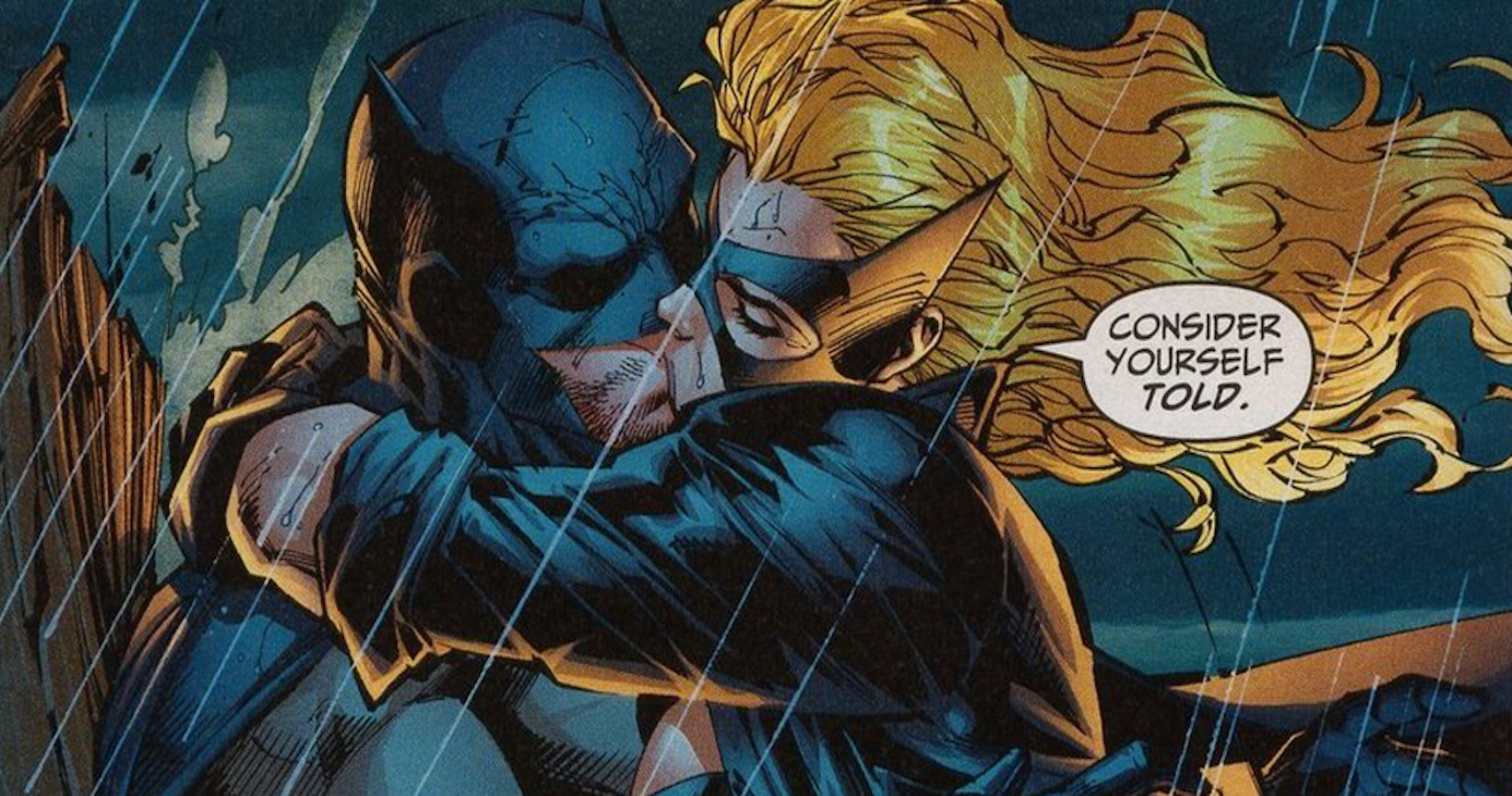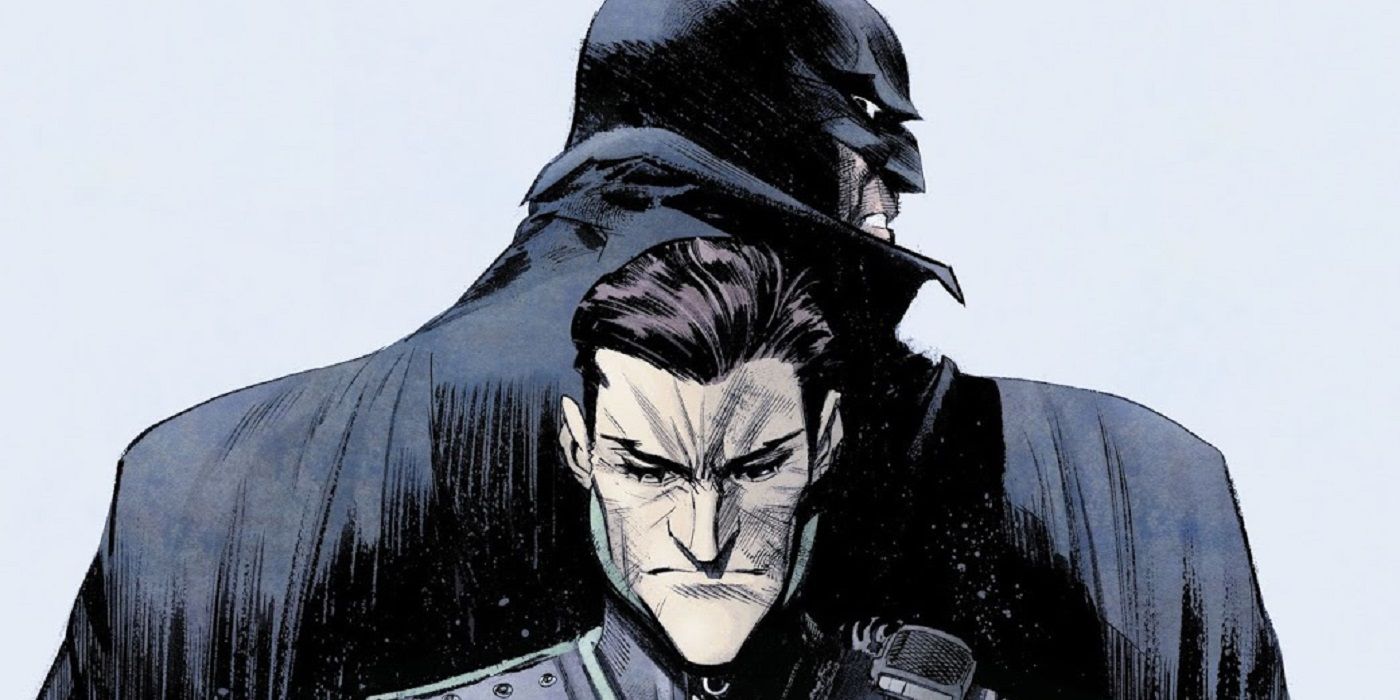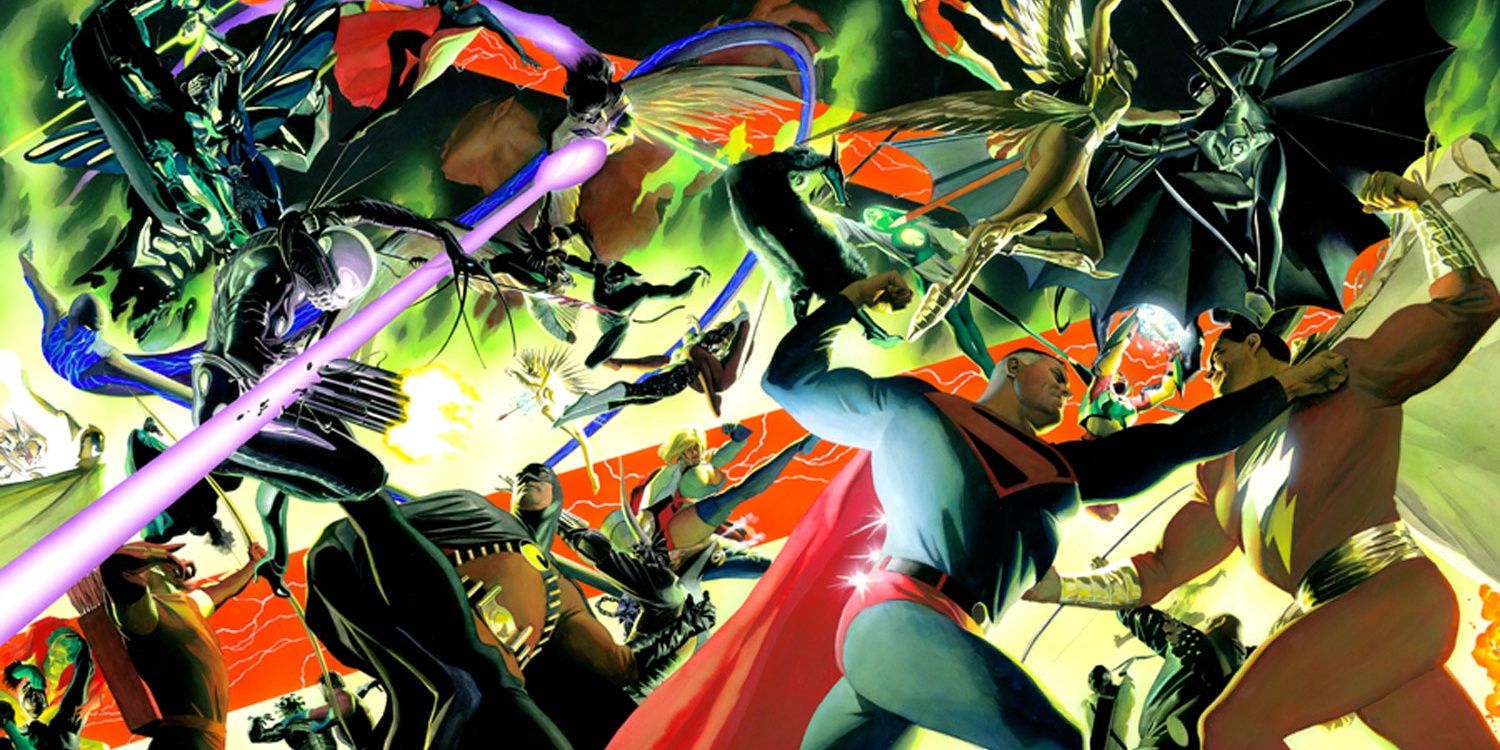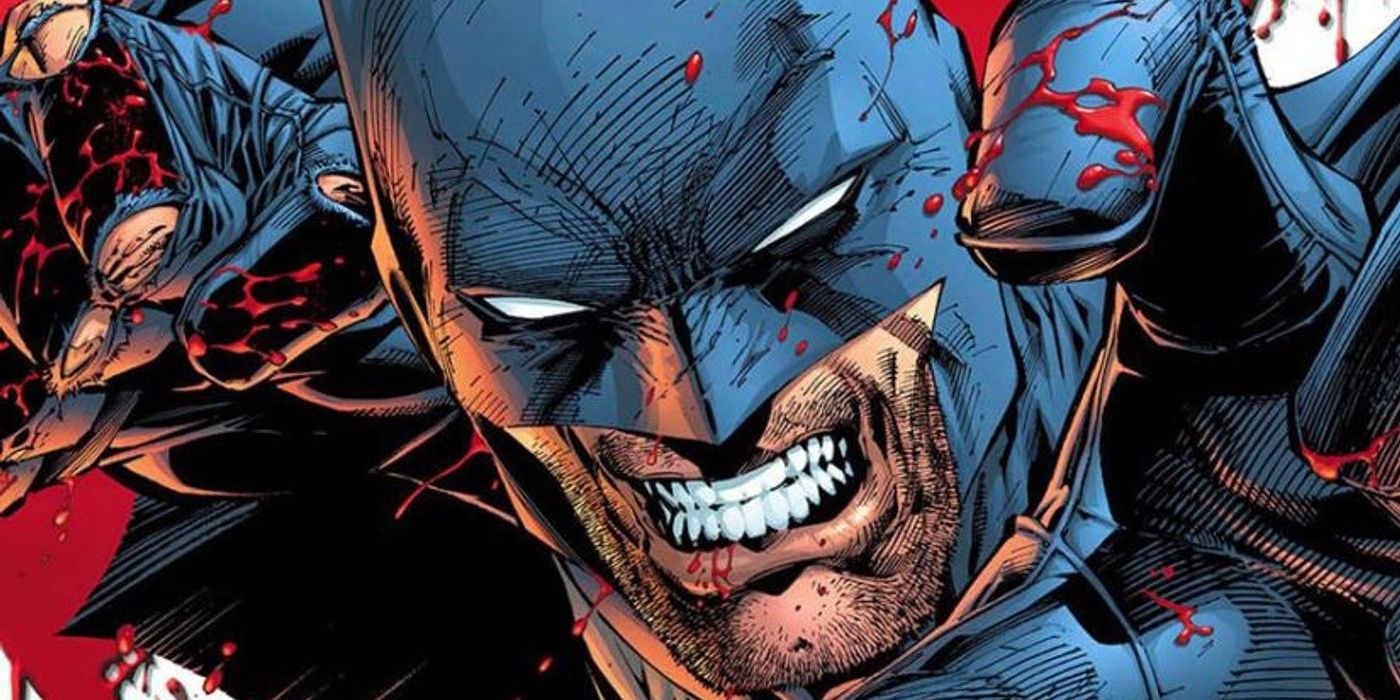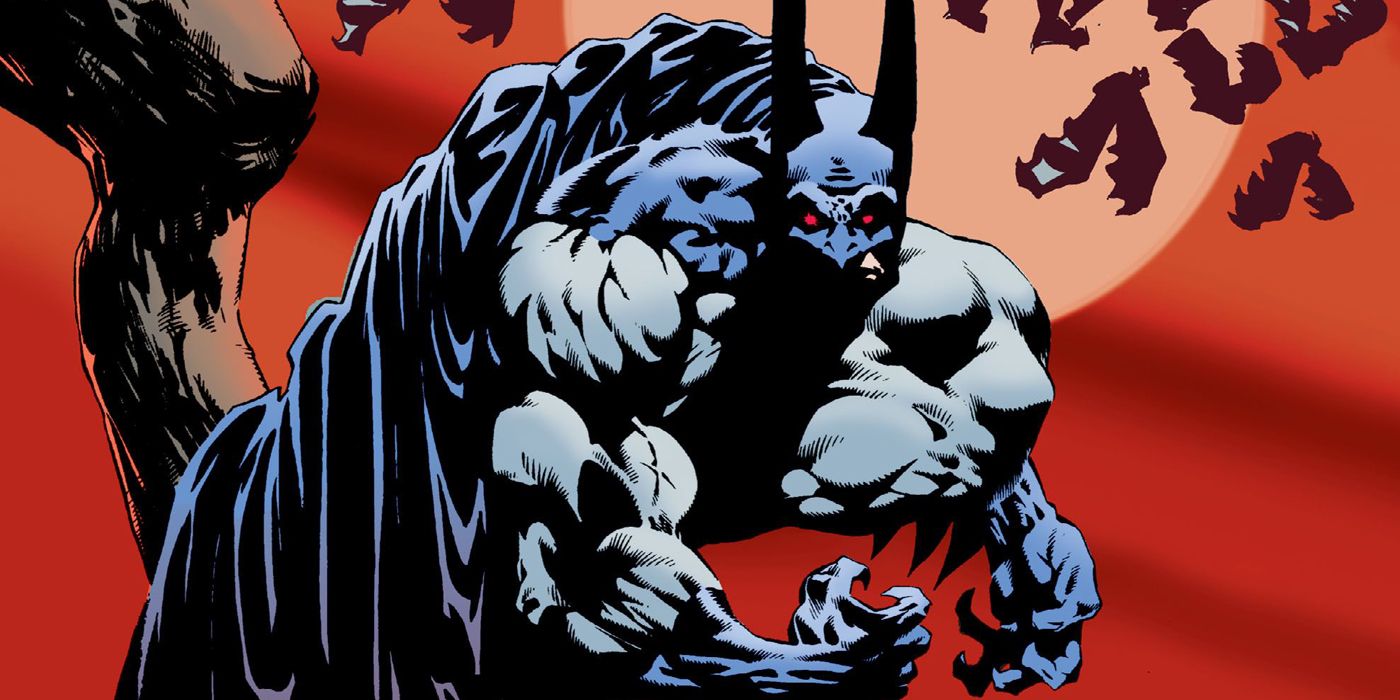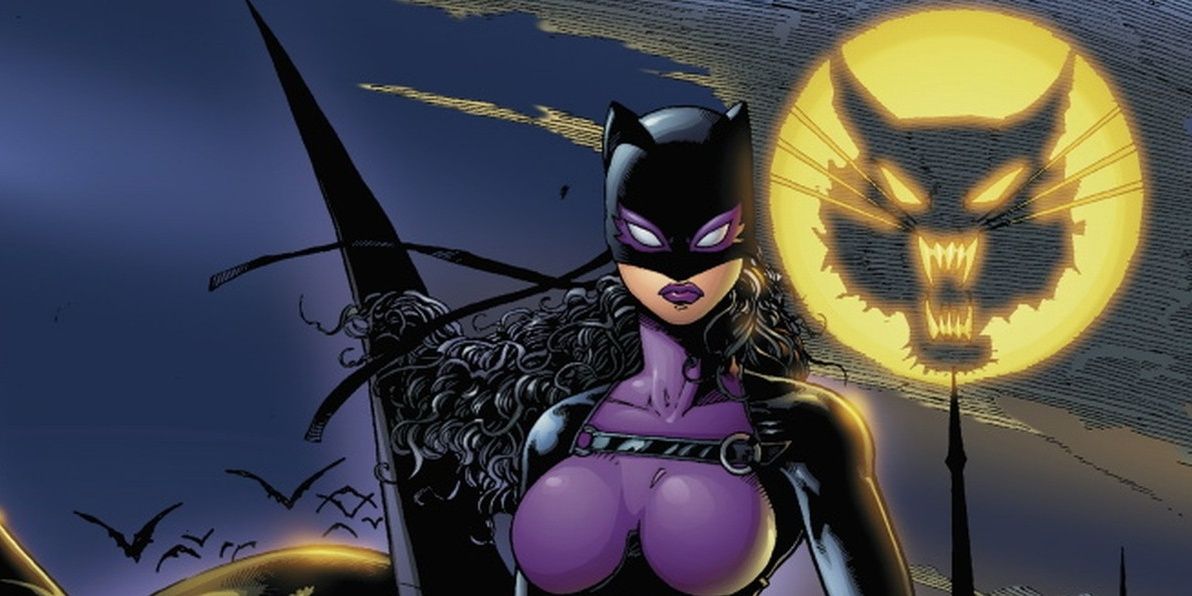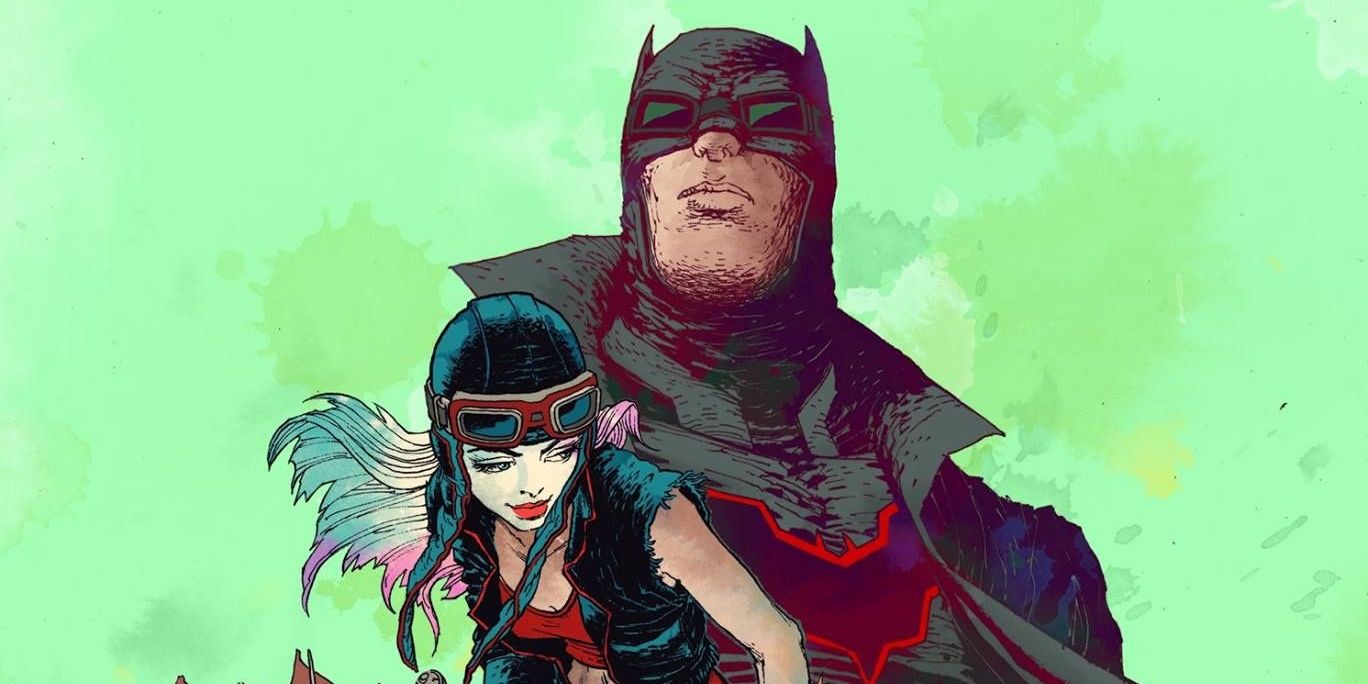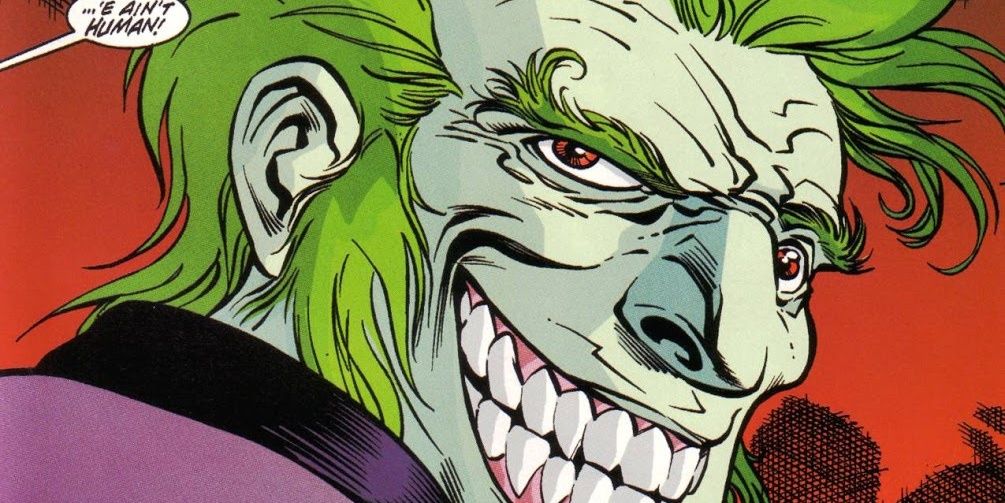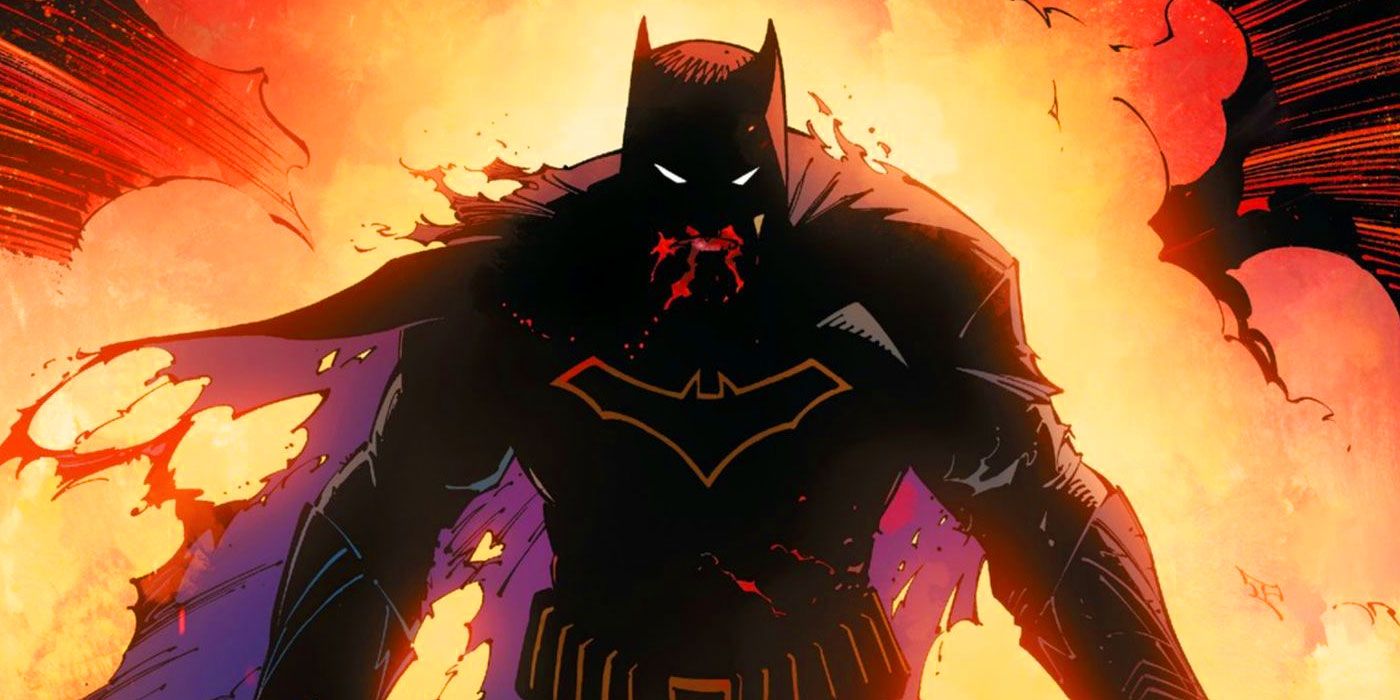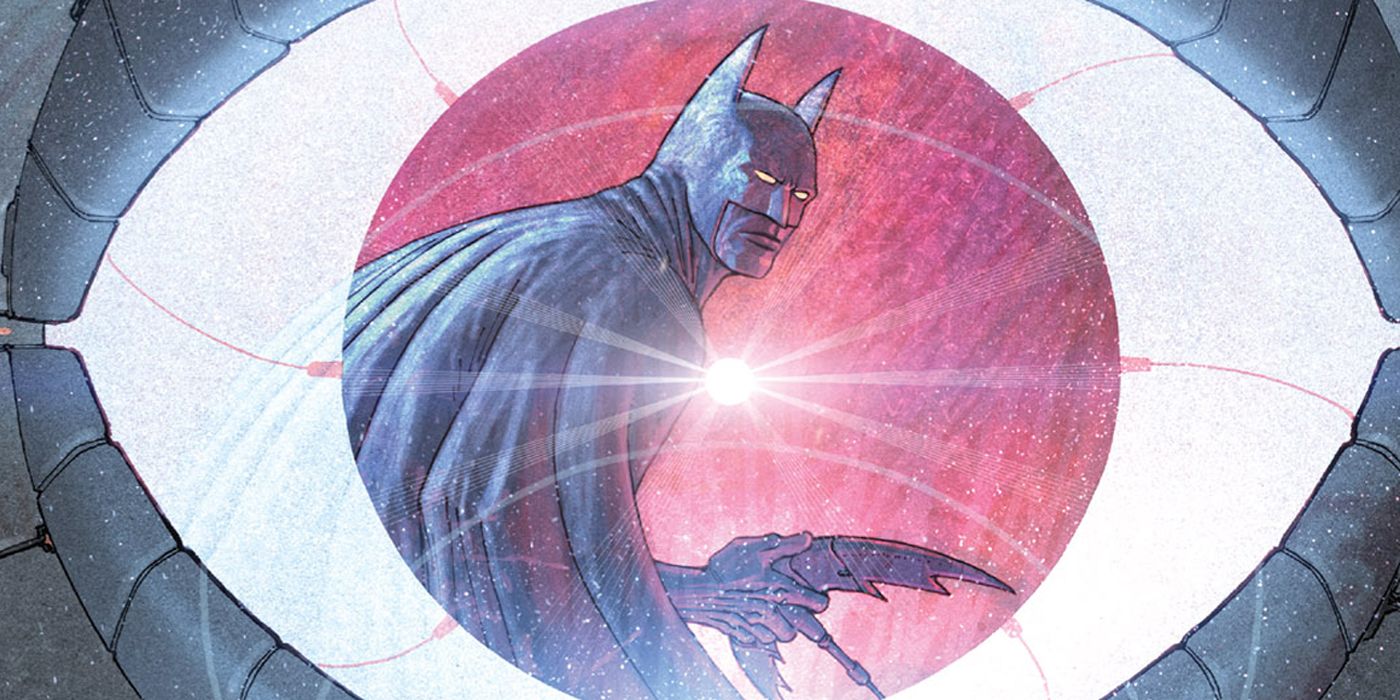DC's Batman is undoubtedly one of the most popular superheroes of all time, with a good portion of his appeal being derived from his relatability. He is utterly normal in that he has no superpowers to speak of, he has a lot of family dynamic issues, he deals with trauma in a very unhealthy way, and he's conflicted above all else.
That internal conflict has allowed for some questionable decisions to be made by the character and for writers to extrapolate on hypotheticals in which he leans a little too far into his obsessions. As Harvey Dent famously said in The Dark Knight, "You either die a hero or you live long enough to see yourself become the villain." These are ten times Batman became the villain of the story.
10 Batman: White Knight
One of the greatest out of continuity stories of the decade, Sean Murphy's Batman: White Knight explores a world in which the Joker is forcibly cured of his insanity via Batman shoving experimental medication down his throat. The Joker uses his newfound clarity to create public scrutiny over Batman's methods, allowing him to present himself as Gotham's "White Knight," intentionally illuminating the damage done by his foe's vigilantism.
What makes the story so compelling is that Murphy leaves Batman's personality and methods relatively intact. The disconnect preventing the public from seeing Batman as a hero comes from a more grounded universe in which the story is being told. In our real world, where police brutality is an ongoing conversation, it seems accurate to have a version of Batman that's accountable for the injuries he inflicts.
9 JLA: Tower Of Babel
While not intentionally villainous, JLA's "Tower of Babel" deals with the fallout of Batman's paranoia and how it nearly kills his teammates. The premise of the story is that Batman has developed very specific and detailed plans for how to incapacitate and potentially kill each member of the Justice League, other than himself.
It may seem like an intelligent contingency to have, and it is a common joke that Batman's superpower is over-preparedness. However, for the other Leaguers, it almost cost them their lives when Ra's al Ghul was able to obtain the plans and implement them. Batman offered no apology for his actions and took his expulsion from the League gladly.
8 Kingdom Come
For true fans of Batman, it is accepted that his most prominent personality trait is his obsession with "the Mission." He fights to create an ideal Gotham that's completely crime-free. This obsession is kept in check, however, by an extremely strict moral code that includes not killing his enemies nor robbing individuals of their free will.
In Kingdom Come, though, Batman has turned Gotham into an Orwellian nightmare. His Bat Sentries perpetually observe the city, waiting for any sign of a potential crime. They are also pre-programmed robots that invade the privacy of citizens and create citywide fear in the process. Interestingly, Batman is not the primary villain of the story, and only Superman admonishes him for his actions.
7 All-Star Batman & Robin, The Boy Wonder
The most insane thing about Frank Miller's All-Star Batman & Robin is that the author seems to think of the character his story's hero, instead of its protagonist. The other DC characters that show up are either equally sadistic, or they merely exist to be manipulated by Batman throughout the narrative.
Among the mere ten-issue run, Batman's sociopathy includes kidnapping Dick Grayson after his parents are murdered, finding it humourous, and forcing him into isolation at the Batcave. He then suggests that Dick eat the rats that dwell there if he's hungry. He later goes on to humiliate Hal Jordan for interfering with his day and teams up with a version of Black Canary that sets a group of thugs on fire.
6 Batman: Crimson Mist
A much more tragic entry, the final volume of the "Batman: Vampire" series showcases a version of Bruce Wayne that is desperate to hold onto his humanity after succumbing to a vampire bite. In the end, he cannot stave off the cravings or the decaying of his body any longer and gives in to the urge to feed.
Uncharacteristically, the hero begins to feed on his rogues' gallery. After he drains each villain, he even goes as far as to decapitate them to prevent their turning. In the end, Batman even bites Alfred to save Commissioner Gordon. Though it occurred at his butler's request, there are few sins less forgivable than killing Alfred.
5 Catwoman: Guardian Of Gotham
A tale as old as time: dark, brooding hero falls in love with a villain and conflict ensues. In this story, however, it is Catwoman who plays hero to a rogue Batman. Far from a parallel to the traditional dynamic, this "Elseworlds" tale demonstrates a reality in which Batman complies with all his darkest impulses.
Their origins are somewhat reversed, but the fact remains that Batman could become a very dangerous and effective serial killer if not for his moral code. The storyline includes him systemically eliminating all of Catwoman's adversaries, which the Selina Kyle of traditional continuity has advocated for more than once. It also explores the problematic fantasy of turning those impulses off, as Bruce can't resist trying to kill Catwoman, too. On the positive side, the story sees the pair finally get married.
4 Gotham City Garage
The out-of-continuity Gotham City Garage is an interesting take on the Batman mythos. It reimagines the characters as bikers existing in a wasteland akin to that of Mad Max. Gotham City, however, is a modern utopia thanks to Governor Lex Luthor. Perhaps most interestingly, Batman is reimagined as Governor Luthor's most dangerous enforcer.
Because of this, the storyline indulges in nightmare and fantasy for each character respectively. Luthor has always purported that he could do better by humanity with Wayne's resources, and Batman has always refuted the totalitarian's demand for control at the cost of integrity. Here, we see that very thesis made real, though it is a reality hiding behind a horrific facade.
3 Batman: Two Faces
One of the more brilliant aspects of a good Batman storyline is the exploration of man's duality. Batman is typically a bit on-the-nose with his secret identity and his mask separating that dichotomy for the audience.
Batman: Two Faces shines a light on the original exemplar of the divided man, Dr. Jekyl, and the many commonalities he shares with the Dark Knight. Both stories deal with a man who needs to create a persona to hide his urges within, and both stories deal with an inherent desire to emancipate those personas. Even though the graphic novel is more of an adaptation than an original story, it poses an important question: is there really a difference between Batman and Bruce Wayne, or does he need there to be to justify his crusade?
2 Dark Knights: Metal
Though Batman's actions throughout this major event were committed with the best of intentions, his incessant need to understand the unknown leads to a multiverse-level disaster. He is continually reminded throughout the story that investigating the source of foreign heavy metal compounds would not end well.
Furthermore, after he ignores those warnings and begins receiving visions. Bruce then develops a machine to peer into the source of strange visions he'd been receiving as a result of heeding only his counsel. This selfish endeavor opens a portal to the Dark Multiverse and releases the demon god, Barbatos. Predictably, Barbatos seeks to end the multiverse and nearly succeeds.
1 The OMAC Project
It is a common theme in the DC Universe for Batman's good intention to pave the way for a catastrophe. The Brother Eye satellite was no exception. Initially developed to monitor metahuman activities, it made sense for Batman to have some reservations about the same people that had altered his memory during Identity Crisis.
However, this led to Maxwell Lord hijacking the satellite's operations, killing Ted Kord, hospitalizing Booster Gold, and putting the entire superhero community on alert. Jaime Reyes most profoundly said of the Crisis "Which supervillain thought of this?" Those are some pretty profound words from a brand-new hero.

